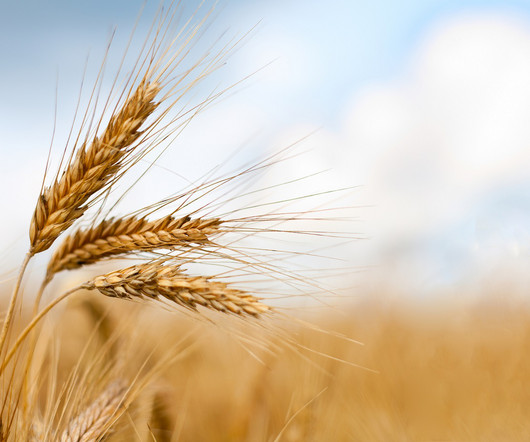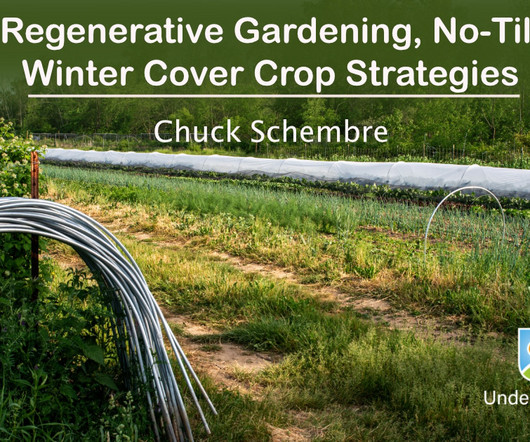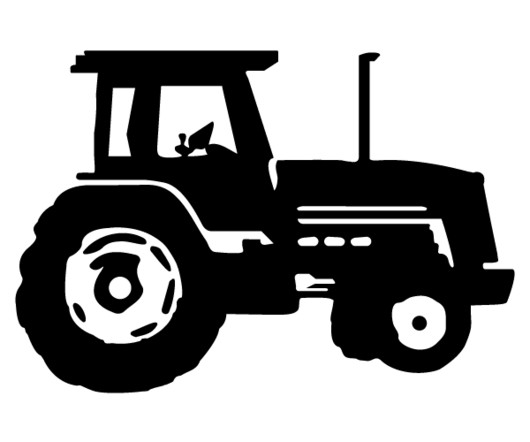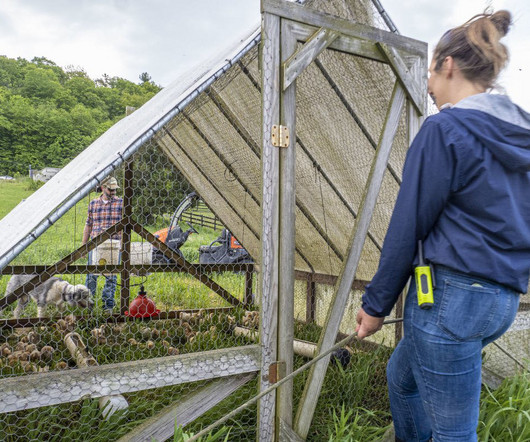From Seed to Grain: How to Grow Wheat for Optimal Yields
Cropaia
SEPTEMBER 14, 2023
This article will guide you through the key aspects of wheat management, including planting, fertilizing, irrigating, harvesting, and crop rotation. million seeds per acre, depending on factors like soil quality and local conditions. HARVESTING Harvest wheat when it reaches the optimum maturity stage.


















Let's personalize your content